A new software package developed by researchers at Macquarie University can accurately model the way waves—sound, water or light—are scattered when they meet complex configurations of particles.


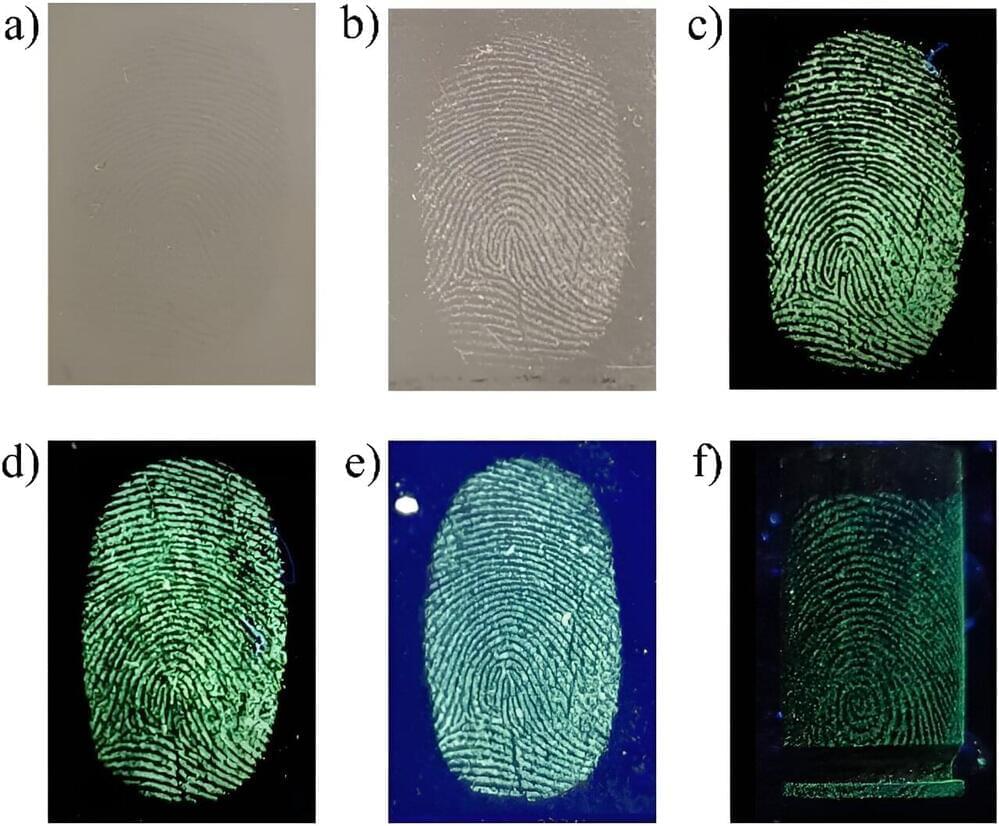
Latent fingerprints require physicochemical development techniques to enhance their visibility and make them interpretable for forensic purposes. Traditional methods for developing fingerprints include optical, physical, and chemical processes that involve interaction between the developing agent (often a colored or fluorescent reagent) and the fingerprint residue. These methods have limitations in recovering high-quality results in certain conditions.
Recently, new methods using mass spectrometry, spectroscopy, electrochemistry, and nanoparticles have improved the development of latent fingerprints. These techniques offer better contrast, sensitivity, and selectivity, with low toxicity. The ability to adjust nanomaterial properties further enhances the detection of both fresh and aged fingerprints.
Mesoporous silica nanoparticles (MSNs) have attracted significant interest since the discovery of the M41S family of molecular sieves, which encompasses MCM-41, MCM-48, and SBA-15. These nanoparticles are characterized by their controlled particle size, porosity, high specific surface area, chemical stability, and ease of surface functionalization.
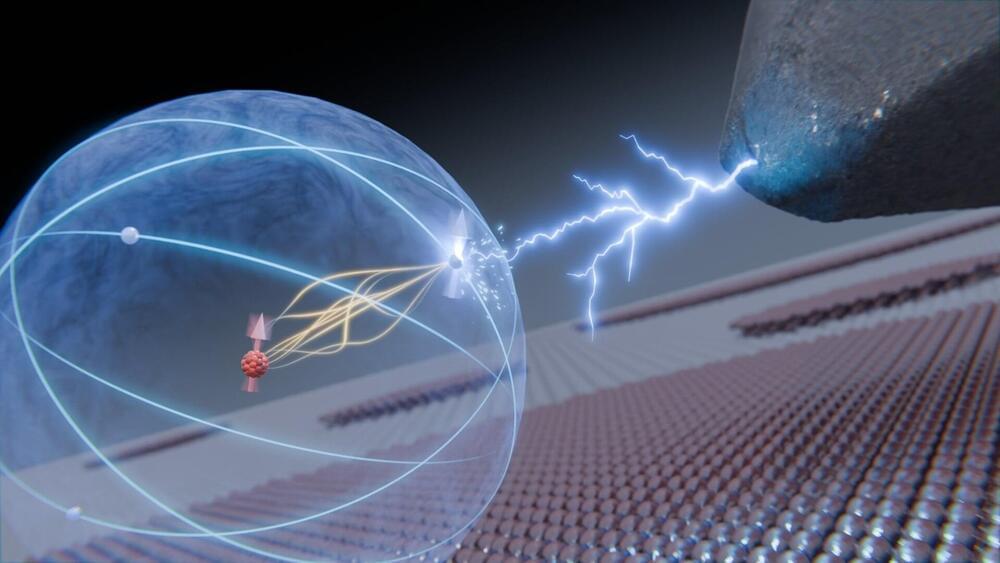
Researchers from Delft University of Technology in The Netherlands have been able to initiate a controlled movement in the very heart of an atom. They caused the atomic nucleus to interact with one of the electrons in the outermost shells of the atom. This electron could be manipulated and read out through the needle of a scanning tunneling microscope.
👉 Head to https://brilliant.org/spacetime/ for a 30-day free trial + 20% off your annual subscription.
Sign Up on Patreon to get access to the Space Time Discord!
/ pbsspacetime.
If we discover how to connect quantum mechanics with general relativity we’ll pretty much win physics. There are multiple theories that claim to do this, but it’s notoriously difficult to test them. They seem to require absurd experiments like a particle collider the size of a galaxy. Or we could try to physics smarter, instead of physicsing harder. Let’s talk about some ideas for quantum gravity experiments that can be done on a non-galaxy-sized lab bench, and in some cases already have been done.
PBS Member Stations rely on viewers like you. To support your local station, go to: http://to.pbs.org/DonateSPACE
Check out the Space Time Merch Store.
https://www.pbsspacetime.com/shop.
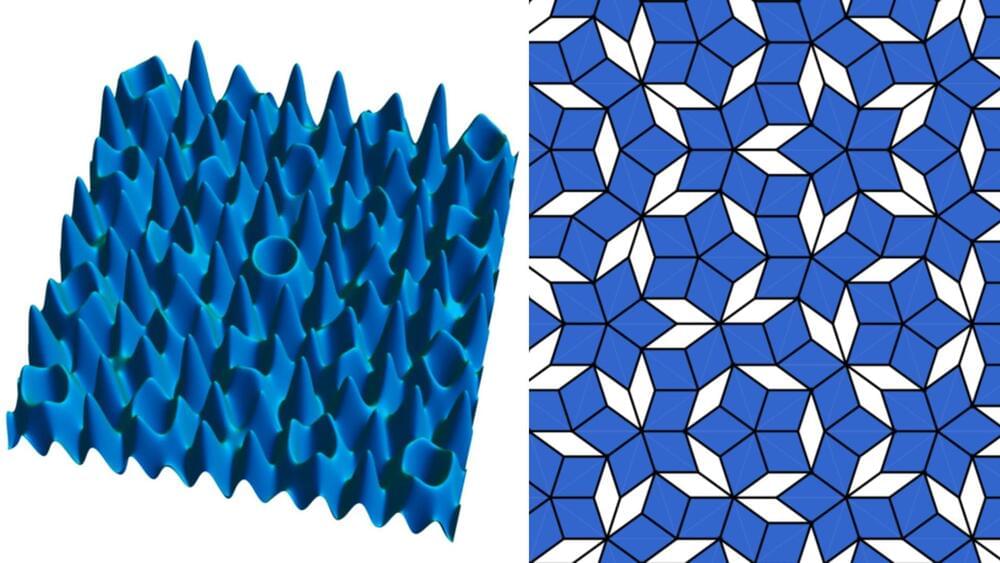
As its name implies, the Bose glass exhibits certain glass-like properties, with all particles in the system becoming localized. This means that each particle remains confined to its position, without interacting or blending with its neighbors.
If coffee behaved in this way, for example, stirring milk into it would result in a permanent pattern of black and white stripes that never mix into a uniform color.
In a localized system like the Bose glass, particles don’t mix with their environment, which suggests that quantum information stored within such a system could be retained for much longer periods. This property has significant implications for quantum computing and information storage.

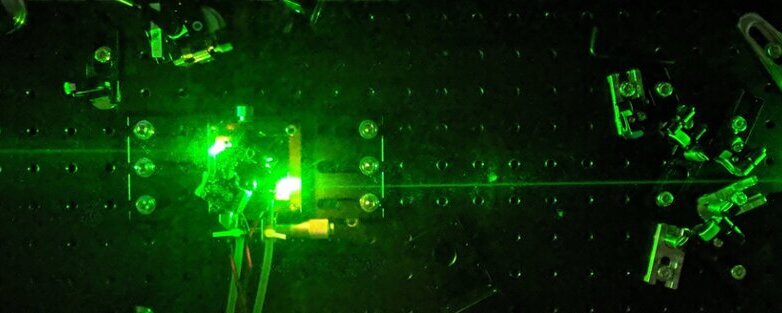
Most atoms are made from positively charged protons, neutral neutrons and negatively charged electrons. Positronium is an exotic atom composed of a single negative electron and a positively charged antimatter positron. It is naturally very short-lived, but researchers including those from the University of Tokyo successfully cooled and slowed down samples of positronium using carefully tuned lasers.

Scientists working on the Short-Baseline Near Detector (SBND) at Fermi National Accelerator Laboratory have identified the detector’s first neutrino interactions.
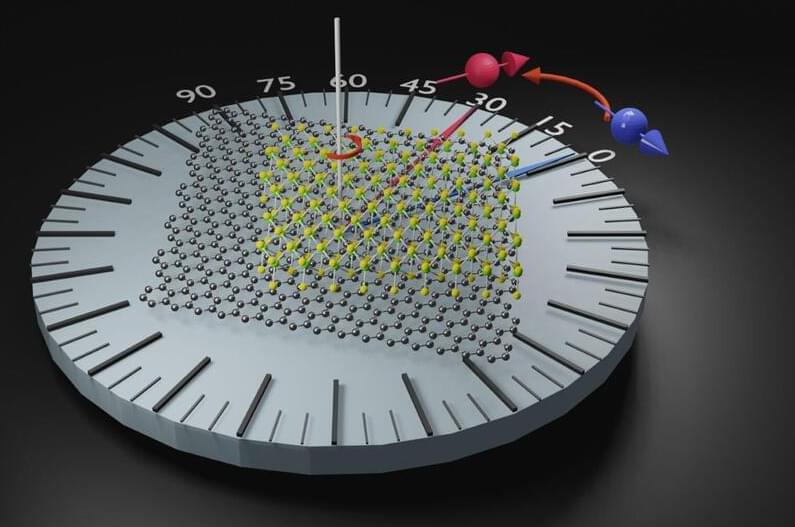
In conjunction with research staff from the Charles University of Prague and the CFM (CSIC-UPV/EHU) center in San Sebastian, CIC nanoGUNE’s Nanodevices group has designed a new complex material with emerging properties in the field of spintronics. This discovery, published in the journal Nature Materials, opens up a range of fresh possibilities for the development of novel, more efficient and more advanced electronic devices, such as those that integrate magnetic memories into processors.